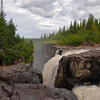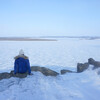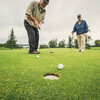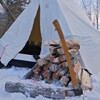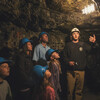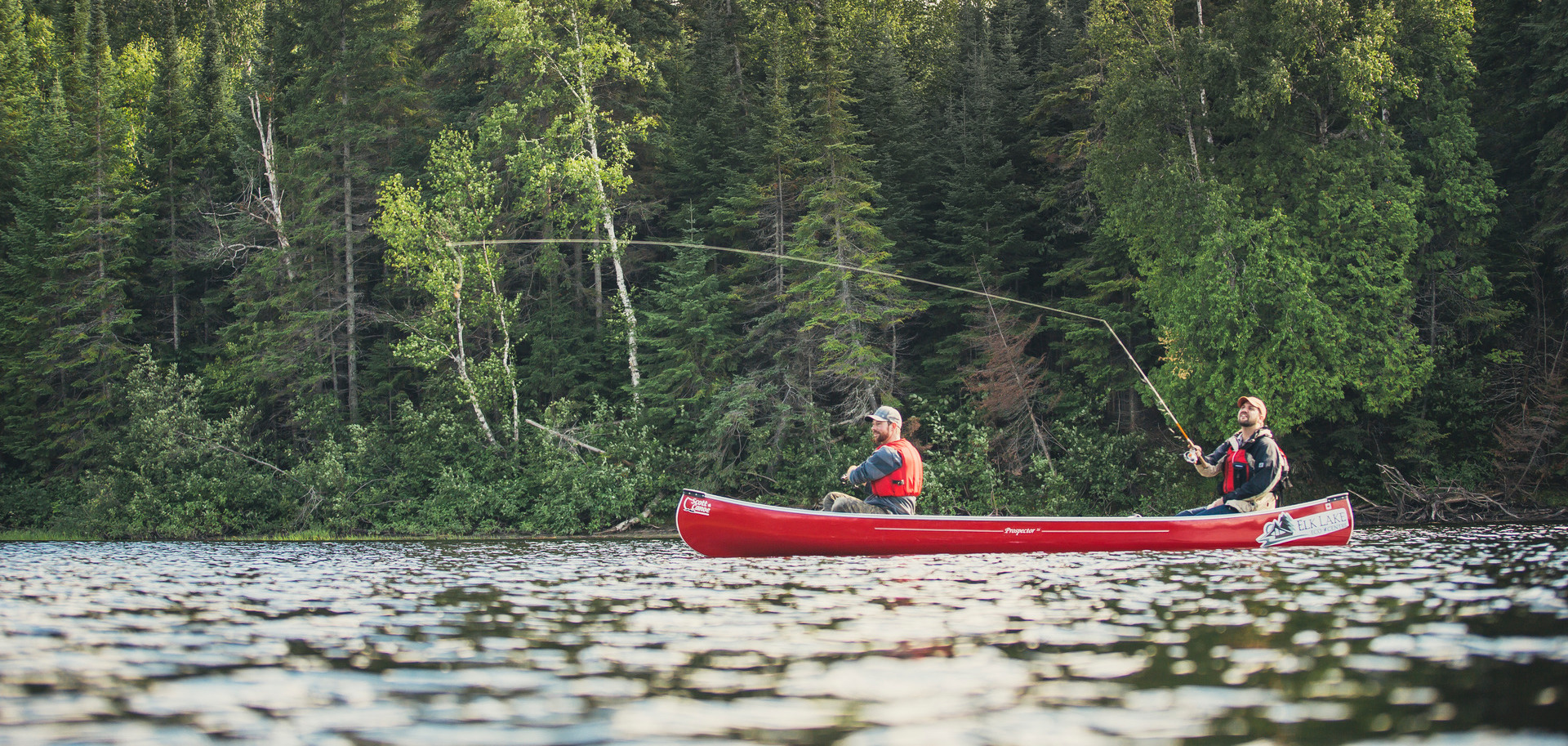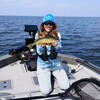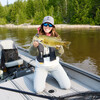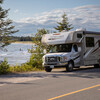
How to Be a Safe Boater When Visiting Northeastern Ontario
As we hit the water in Northeastern Ontario this summer, remember that safety should always be the top priority, whether you're fishing or boating.
For the majority of anglers and recreational boaters, July and August account for perhaps the busiest and most dangerous time on the water, so be careful out there. Boating accidents account for more than a third of water-related deaths in Canada.

Photo provided by Jeff Morrison.
This spring, after rescuing a capsized father and his daughter from the frigid lake waters during trout season, I realized firsthand the importance of water safety. Fortunately, my father and I arrived in time to get them to shore and warmed up, and assisted in salvaging some of their belongings. These people were lucky, but a lot of water mishaps do not have such happy endings.
Here are some key boating and fishing tips to ensure a safer and more successful experience on the water this summer:
Stay Safe on the Water: How To Create a "Boating Plan"
A good idea before you set sail is to create a detailed boating plan and leave it with someone. It's the same principle as an aircraft pilot's flight plan: your boating plan should outline precisely where you will be going and include detailed marine map coordinates or GPS waypoints of your intended destination. You should also indicate:
- 1) time of departure
- 2) estimated time of arrival
- 3) estimated time on-route
In case of emergency, a boating plan will provide rescuers with some crucial details on your whereabouts. It’s important to identify your craft on the boating plan too, should someone need to pinpoint your location on the water. The vessel registration number on the side is a good idea, and any distinct markings on your craft should also be noted. In the event of a mishap, a detailed boating plan may just save your life.
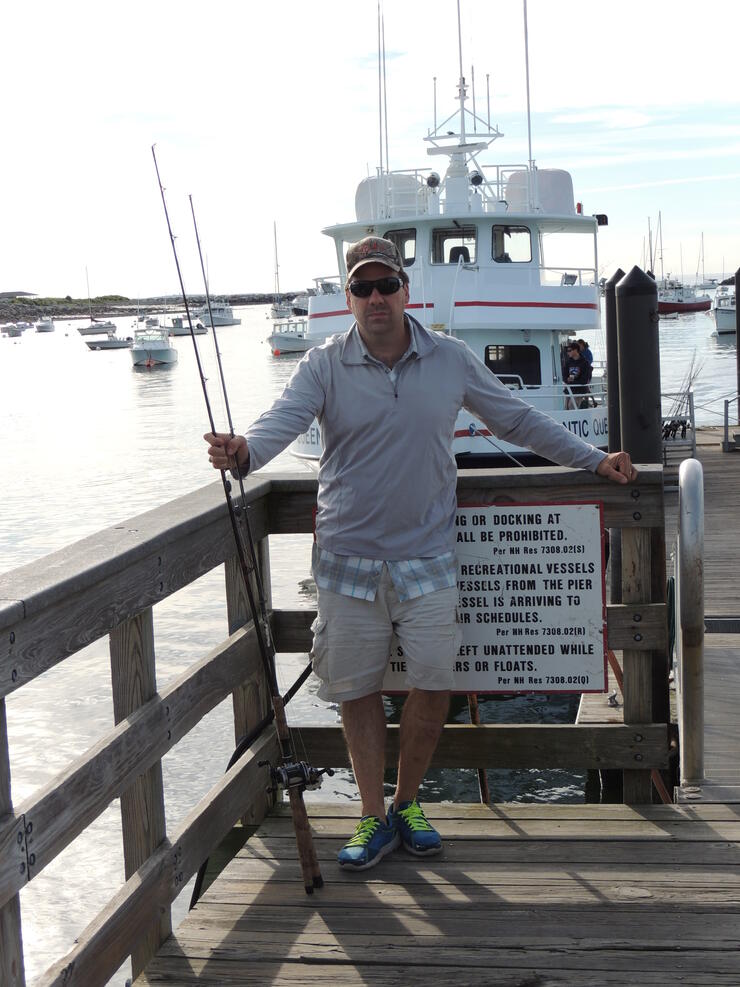
Photo provided by Jeff Morrison.
Get Boater Safety Training With Your Pleasure Craft Operators Card
Every boat driver should complete the course to get their Pleasure Craft Operators Card. The operator card program emphasizes safety on the water and is valid for life.
Boaters may obtain their card after receiving a mark of at least 75% on the accredited Canadian Coast Guard exam. You have the option of taking this test without first completing a course; however, there are safety and boating tips offered in the course and I strongly recommend taking it.
On-Board Safety Tips for Boaters: Choose A Stable Model of Watercraft
Safety on the water often depends on the style of boat you fish from, as certain watercraft are inherently more stable and mobile than others. Fishing boats with carpeted casting surfaces make it easier to move around while on the water. If instead, you choose a utility-style boat with no flat casting surface, standing is never advised.
Accidents can occur at any time, but increase greatly while taxiing from spot to spot, or during the commotion of catching a fish. Any movement you make on board has a ripple effect on the boat itself and on other passengers, so keep movements slow and methodical and avoid jumping around. A stable boat with responsible, calm fishermen is always safer.

Photo provided by Jeff Morrison.
Alcohol and Boating Don't Mix: Celebrate Later
Alcohol and fishing is a touchy but important subjects. Similar to driving a car, captaining a boat carries with it a responsibility. Having a drink to celebrate a great catch is a personal choice, so long as you hold off until after you return to shore.
Sad to say, but anglers drown each year from the effects of alcohol, so be safe on the water, and celebrate that stringer of fish after returning to dry land. In Ontario while on the water, all alcohol must be stored away and not left out open. You can be charged under the Criminal Code for driving a boat under the influence of alcohol, just as you would in a motor vehicle.
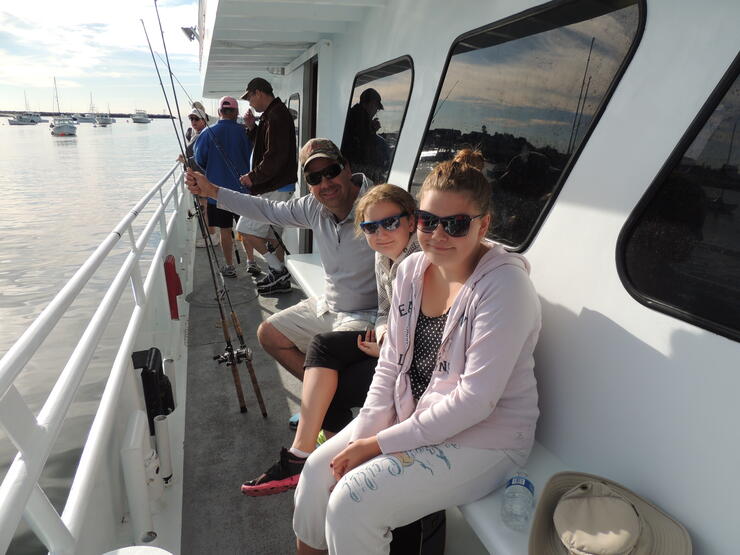
Photo provided by Jeff Morrison.
Best Practices for Boating in Ontario: Essential On-Board Equipment
The first specialized equipment you should carry while out on the water is a communication device such as a two-way radio, satellite phone, or cell phone. The ability to communicate with someone on shore, especially when fishing big water, can be an asset in the event of an emergency.
Ensure also that your fishing craft is water-worthy and always carry:
- a tool kit
- safety flares
- a whistle
- a life-jacket
- lots of life ropes
- and other equipment required by law for your size of boat. For more information, check out the Transport Canada Safe Boating Guide here.
When boating after dark, make sure your boat lights are functional and that you have a flashlight with you.
Consult the Transport Canada Boating Safety page for details on essential safety equipment, downloadable Boating Plan templates and personal checklists for safety in various types of watercraft. And for more information, call the Boating Safety Info-line: 1 (800) 267-6687.
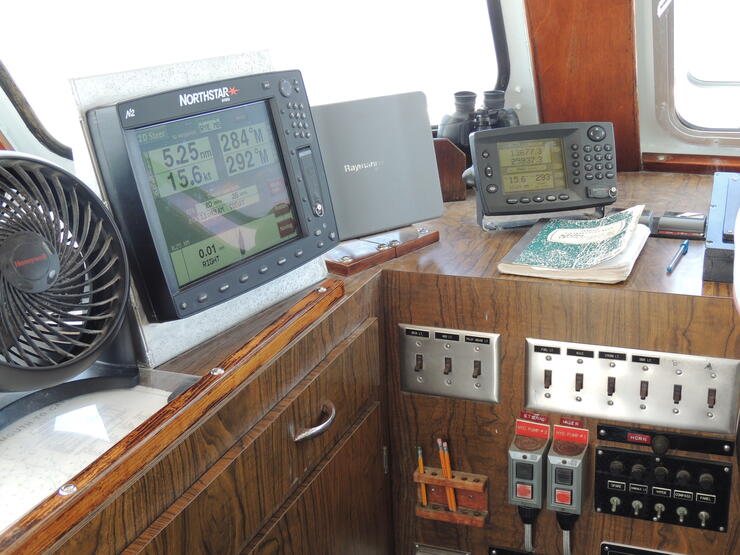
Photo provided by Jeff Morrison.
Powerboat Training for Safe Boating in Ontario
Anyone planning to operate a larger powerboat this summer should enroll in a hands-on boating course. The Power Boating course I took was intended for a craft of over 18 feet in length, and over 75 horsepower motors. My course covered such topics as anchoring, docking, fueling, crucial boating manoeuvres, troubleshooting, and most importantly, boater safety.
By actually being on the water, you really get a feel for proper boating practices and the required techniques. What you come away with is a Canadian Yachting Association (CYA) Power Boating Certification and skills to last a lifetime. Sail Canada offers more information on power boating courses that are available.
By taking extra precautions, being more responsible, and remembering these important tips, your fishing and boating experiences will be safer and more enjoyable for everyone.
Have fun this summer, and I hope to see you on the water!
Recommended Articles
The Seven's Best Hikes, Biking Trails and Lakes

7 Best Spots to Check Out in The Seven

Budget Bliss: Explore Northeastern Ontario Without Breaking the Bank

Bring Your Fam!

Time to Unwind: 6 Spa Havens to Discover In The Seven
5 Amazing Places to SUP in Northeastern Ontario

5 Amazing Bike Rides to Discover

Northern Lights in Northeastern Ontario

Northeastern Ontario's Best Pride Festivals

Fish for one of the World's Rarest Species of Trout

An Insider's Guide to Manitoulin Island

6 Small-Town Gems to Explore in Northeastern Ontario

11 Best Things to Do in Kapuskasing, Ontario



